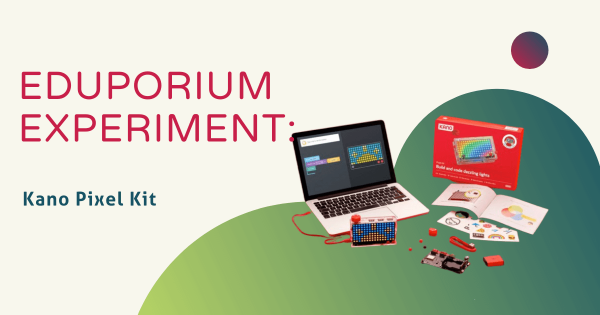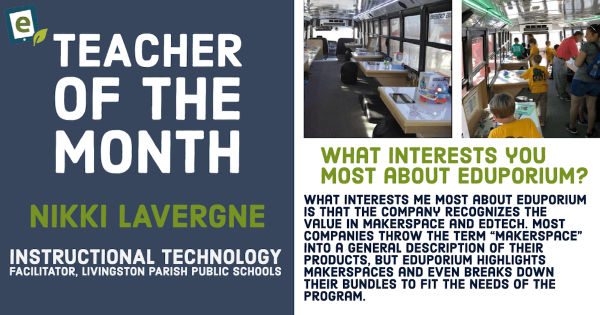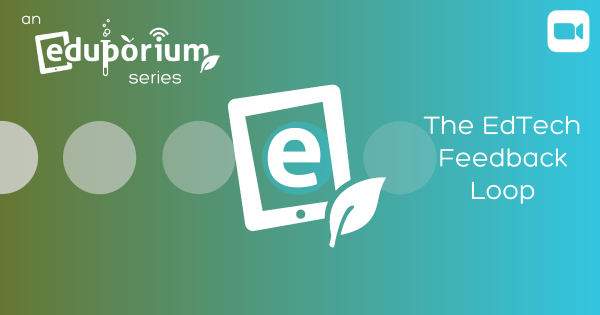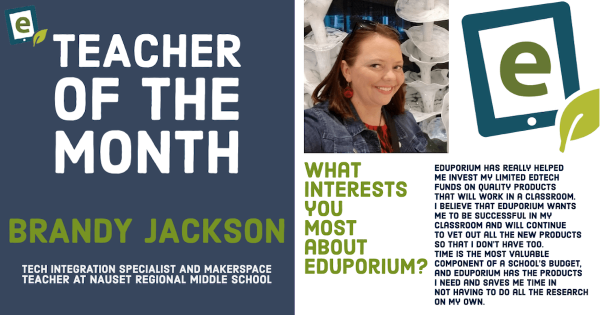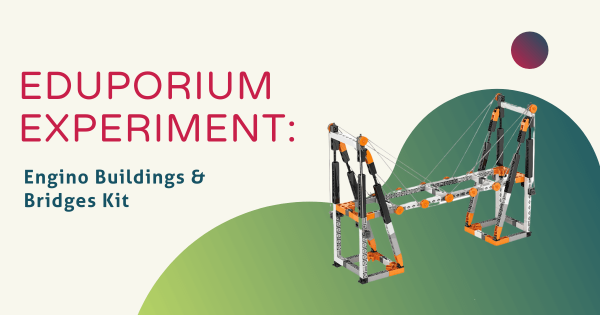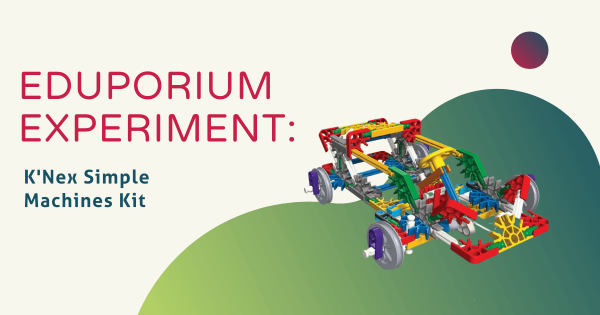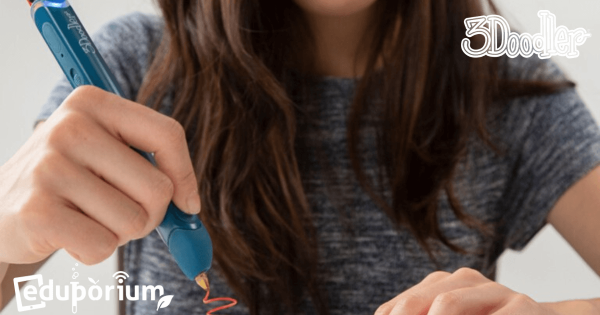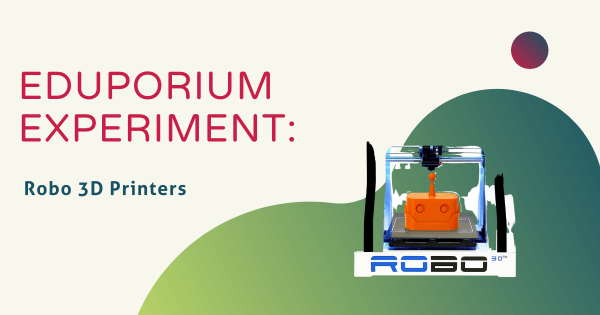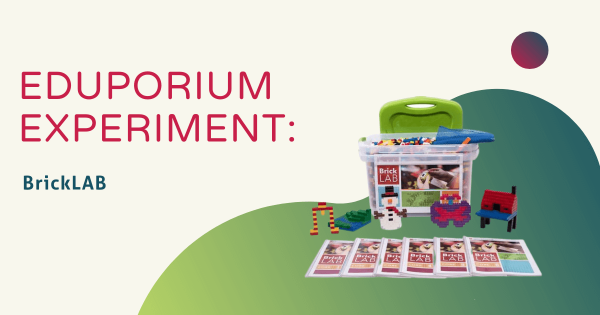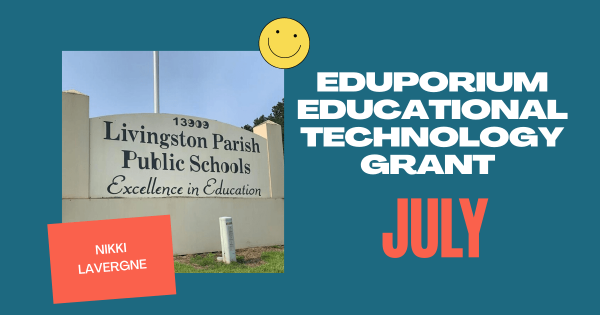The original kit from Kano was just the beginning and now they offer different add-ons to help support deeper learning and even more fun. One of those add-ons is the Kano Pixel Kit, which empowers kids to invent and code dazzling lights in up to 16 million different colors. Keep reading to learn more about it!
Maker Ed
Maker Ed has rapidly evolved into a big and important component of 21st century learning. Born out of the culturally impactful Maker Movement, maker education involves providing students with opportunities for hands-on construction, investigation, problem solving, collaboration, and more—all with this community-centric approach. In Maker Ed, students often excel with new types of opportunities to showcase their skills or to develop new ones. With so many potential projects to work on in the classroom or in school makerspaces, adding purposeful, hands-on work to the school day is very effective and inspiring. And, more importantly for educators, there's no wrong way for them to go about introducing maker education. It can be as complex as using various advanced 3D printers or as simple as building with popsicle sticks.
Aside from the likelihood of positively impacting students, Maker Ed is also popular because of its real-world connections. Not only can children further develop key technical skills, maker opportunities also help them to bolster some top soft skills. Making typically involves a lot of collaboration and this is especially true as students move into middle or high school. With unique, fluid opportunities, kids can simultaneously work on bolstering communication, teamwork, and other soft skills in the process. Plus, whether they are using classroom 3D printers, CNC machines, or even low-tech tools, they'll grasp a better understanding on using technology for good as well. Some solid product lines across Maker Ed are 3Doodler, MakerBot, LulzBot, Glowforge, and more. With these innovative solutions, students in all grade levels can truly propel their creative acumen.
-
Eduporium Featured Educator: Nikki Lavergne
We’re excited to introduce our community to anothe “Eduporium Featured Educator.” This month, we’re featuring Nikki Lavergne, an instructional technology facilitator from Louisiana, who led an amazing repurposing of a school bus into a STEAM space! Keep reading to learn more about Nikki and this amazing project! -
Video: The Feedback Loop—EdTech That Works In Education
At Eduporium, we serve educators in a number of ways. At the top of our list is making sure they have easy access to all the EdTech they need in one place. Since there are hundreds of STEM tools on our store, we welcome feedback from teachers who have used them so we know we’re always getting them the technology -
Eduporium Featured Educator: Brandy Jackson
We’re very excited to share the stories of our featured educators and their work with you and hope it will give more educators encouragement to try something new in the classroom. This month, we spoke to Brandy Jackson, who is a technology teacher we’ve had the pleasure of working with on a number of occasions. -
Eduporium Experiment | Engino Buildings & Bridges Kit
For this week’s Eduporium Experiment, we opened up our Buildings & Bridges kit, which is part of Engino’s STEM STRUCTURES series. It’s a great way for students aged between 8-16 to not only build some pretty cool structures, but also learn the science behind engineering and the physics needed to ensure its safe and sound. -
Eduporium Experiment | K'NEX Simple Machines Kit
Engineering is a key part of 21st century education, so introduce your students to wheels, axles, and inclined planes with the K’NEX Simple Machines Kit! Recommended for students aged eight and up and as part of a 1:3 kit-to-student ratio, this kit serves as a great hands-on introduction to engineering and creative thinking. -
October Offer: How To Get A FREE 3Doodler 3D Printing Pen!
From now through Oct. 31, anybody who makes a purchase of $1,000 or more from our store and uses the coupon code 3DOODLER at checkout will receive a FREE 3Doodler Create 3D printing Pen. This is a great opportunity to increase MakerEd possibilities and expand educational innovation for all students involved! -
Eduporium Experiment | Robo 3D Printers
Their printers provide some of the highest performance and include plenty of comprehensive classroom content to help both teachers and students get started and stick with the innovative opportunities 3D printing has to offer. Keep reading to learn how to integrate Robo 3D’s printers into a classroom or makerspace environment and even at home. -
Eduporium Experiment | BrickLAB
This week in the Eduporium Experiment, we’re delving into the popular engineering packs from PCS Edventures known as BrickLAB. Upon first glance, the components closely resemble LEGO bricks, but after doing some research and exploring, I found out that, while they may look like LEGOs, there is much more academic potential for BrickLAB. -
Our July Grant Recipient Will Turn a Bus into STEAM Machine!
Back in 2016, flood waters destroyed much of their school’s Louisiana campus and they were forced to start over in a number of ways. After feeling tons of support from their community, however, the students of LPPS came together under the leadership of Nikki Lavergne to redesign their learning experiences and redesign their futures.




